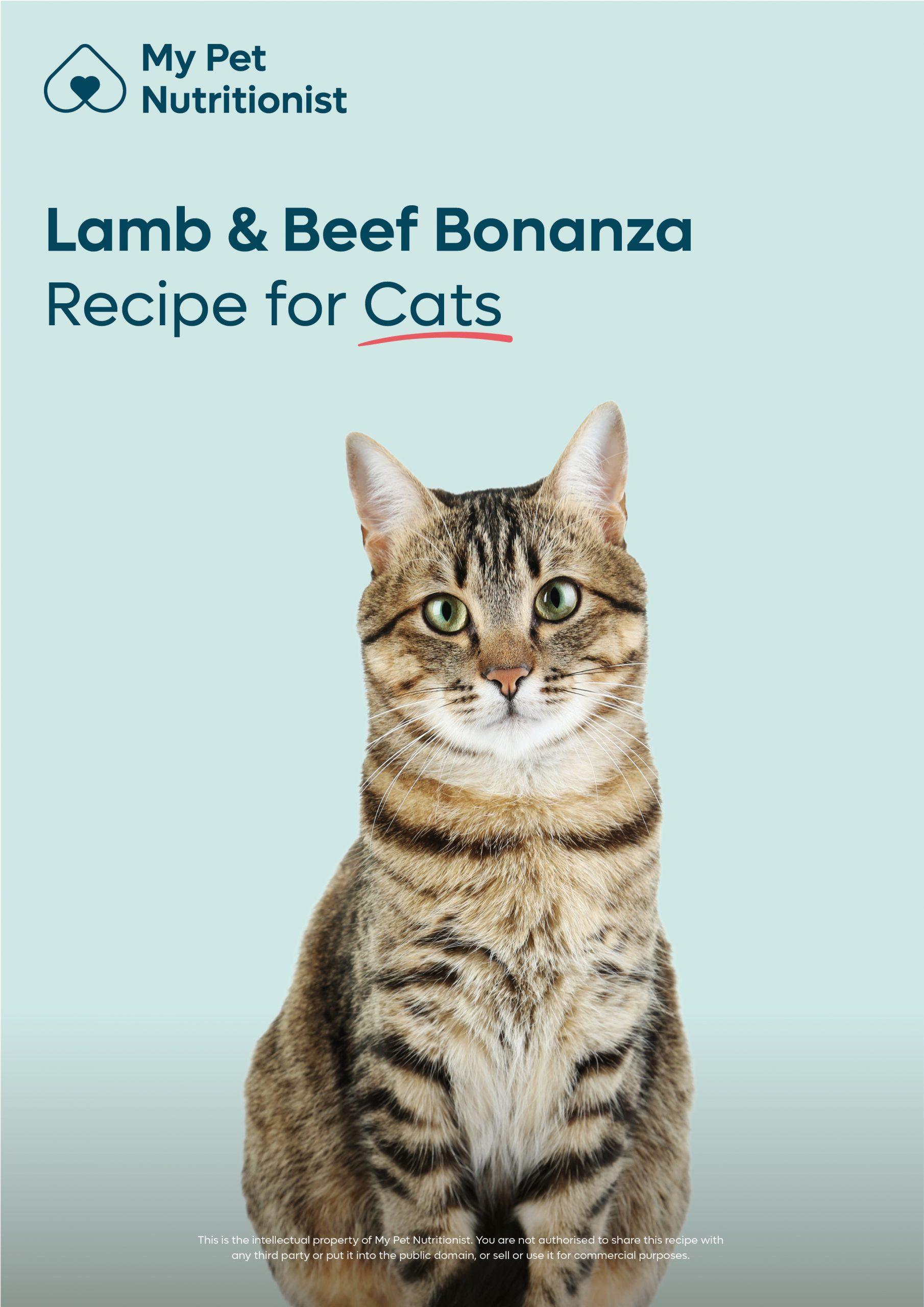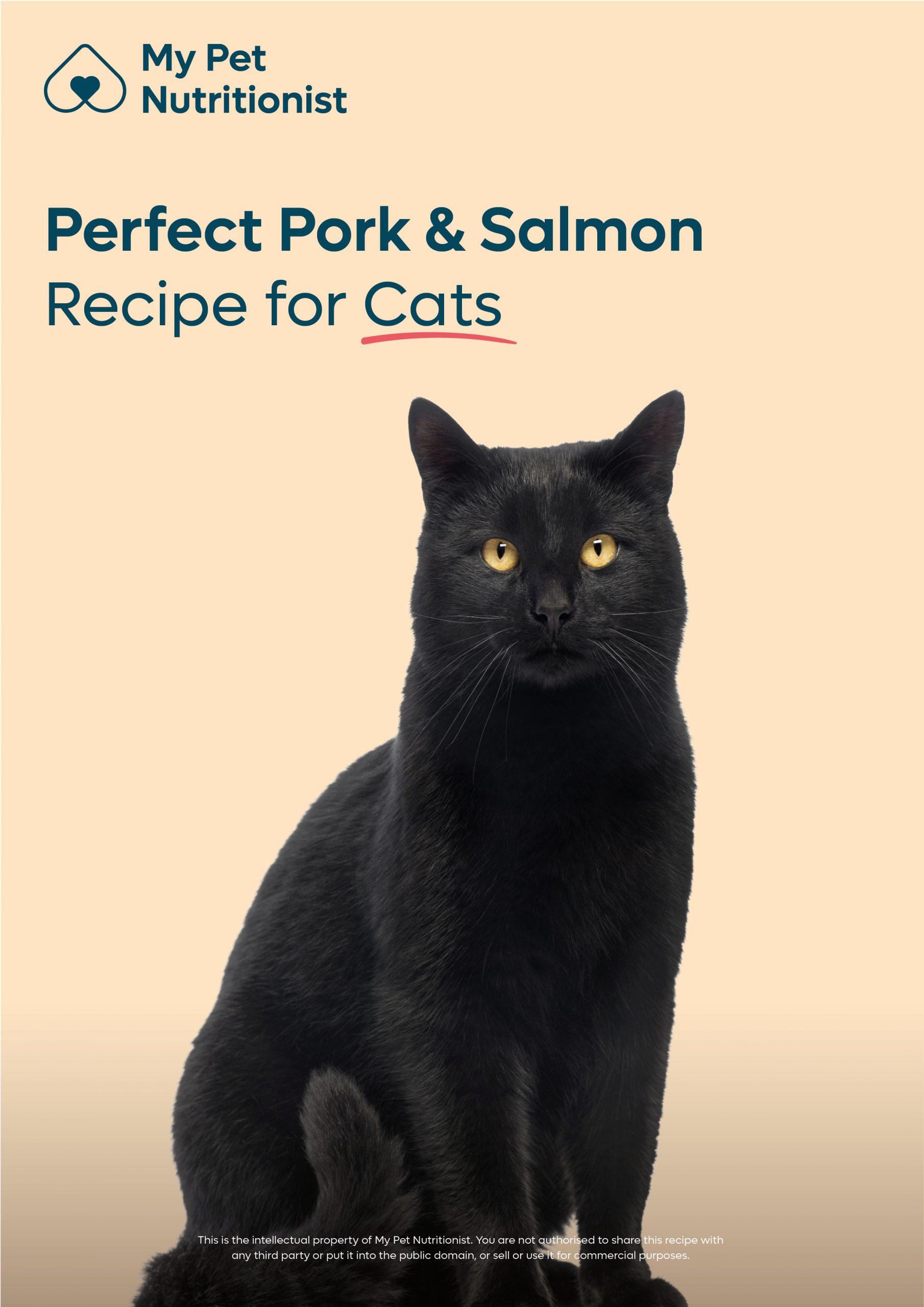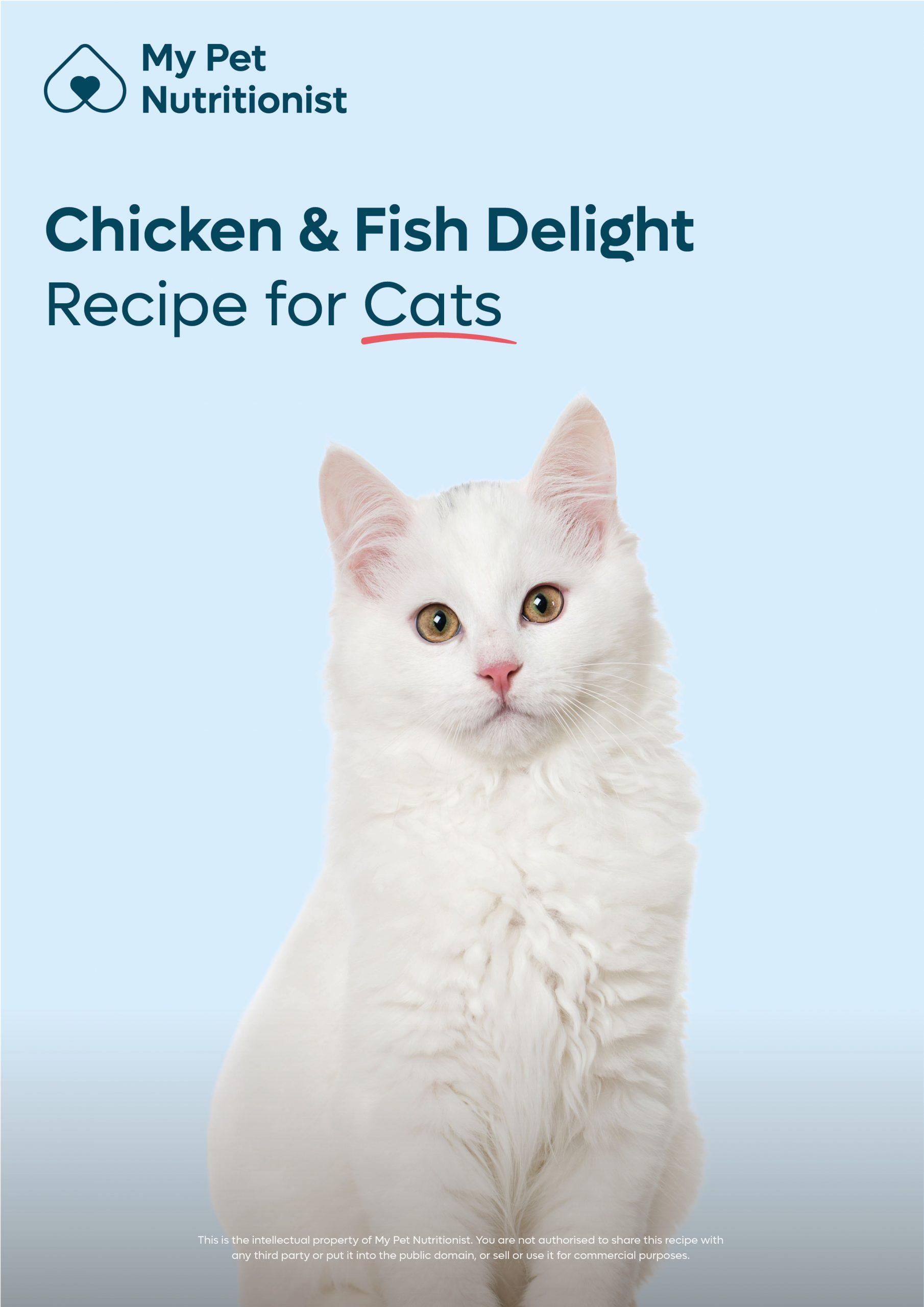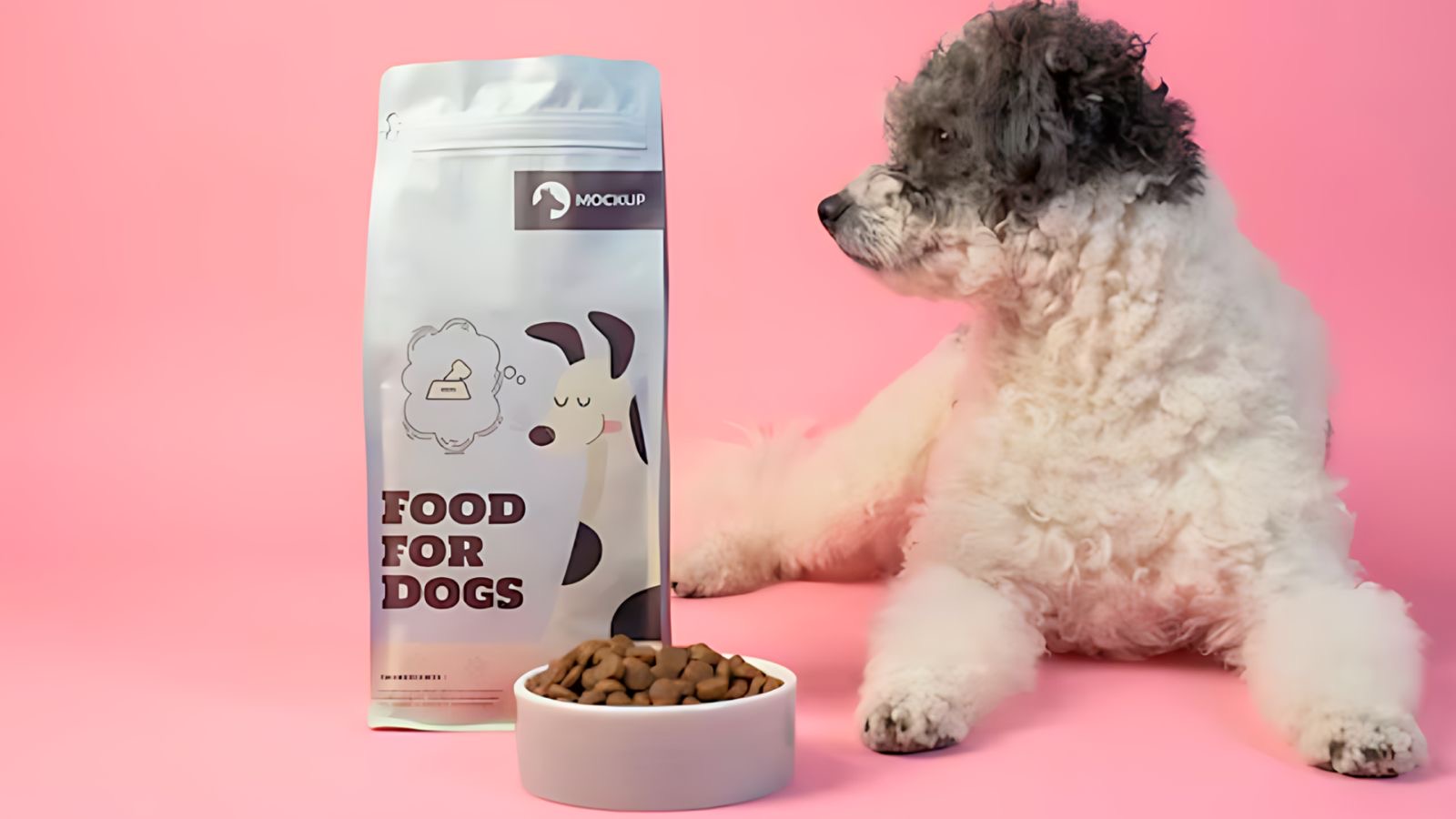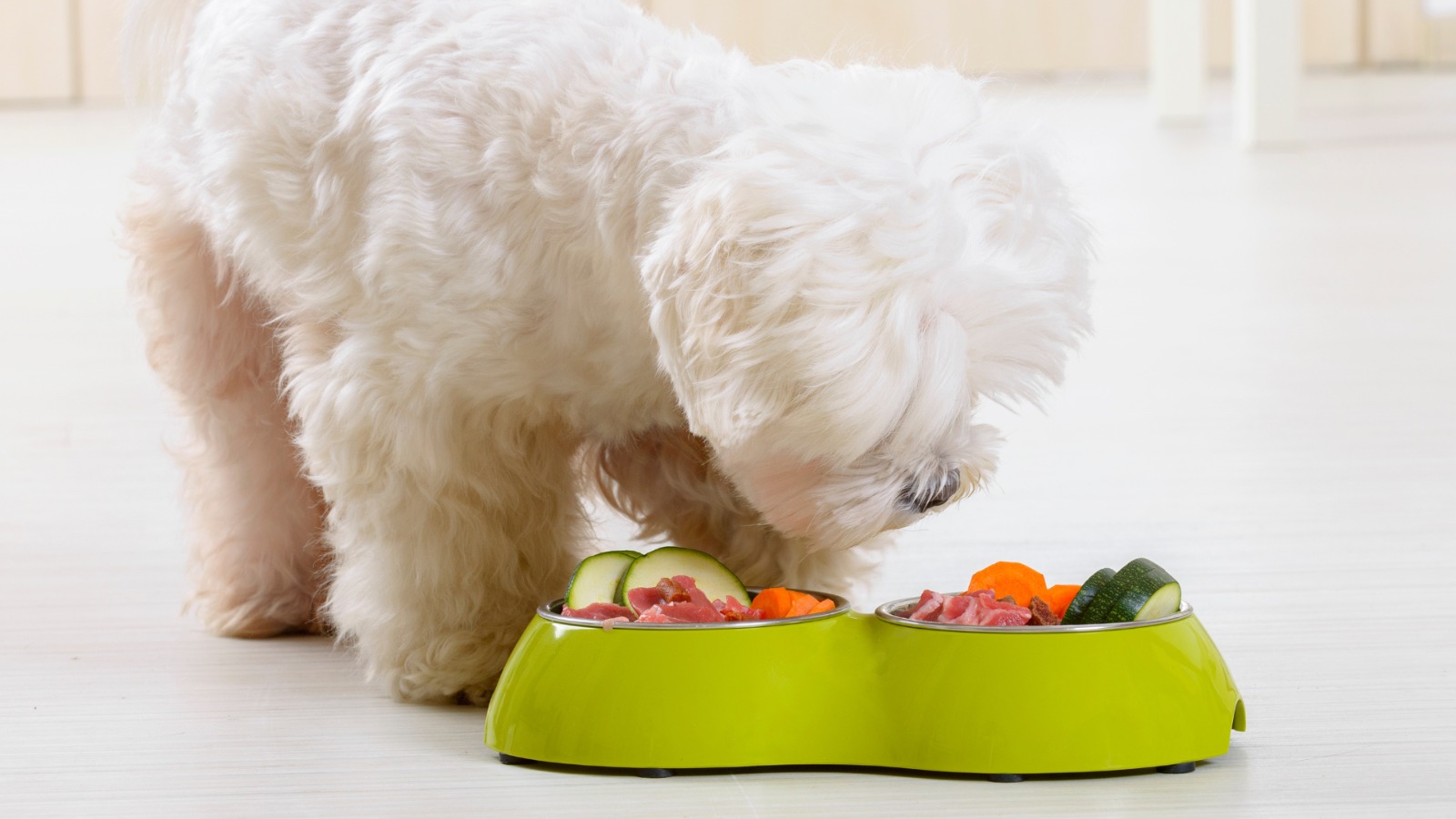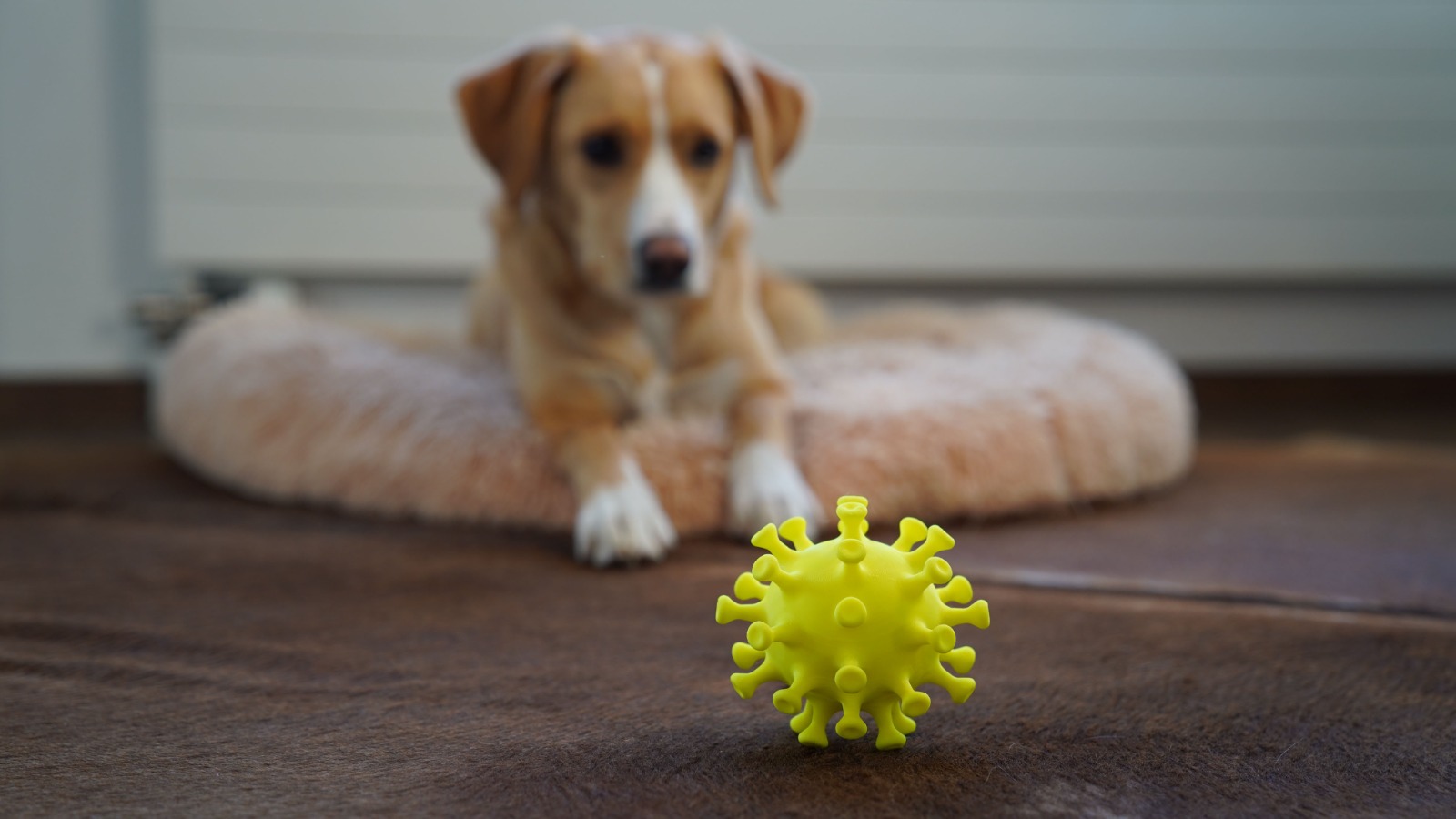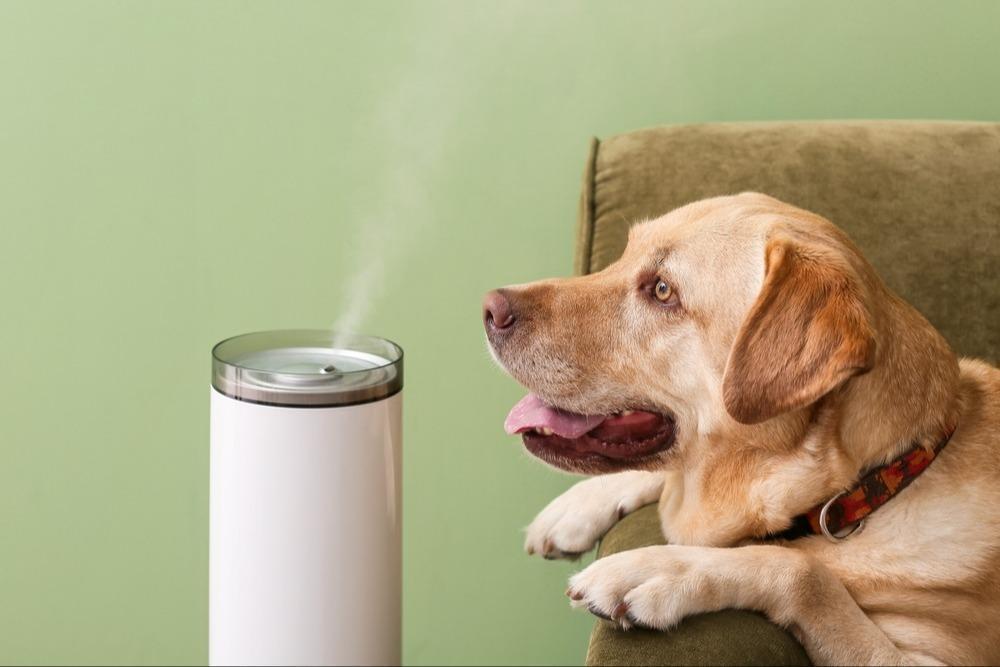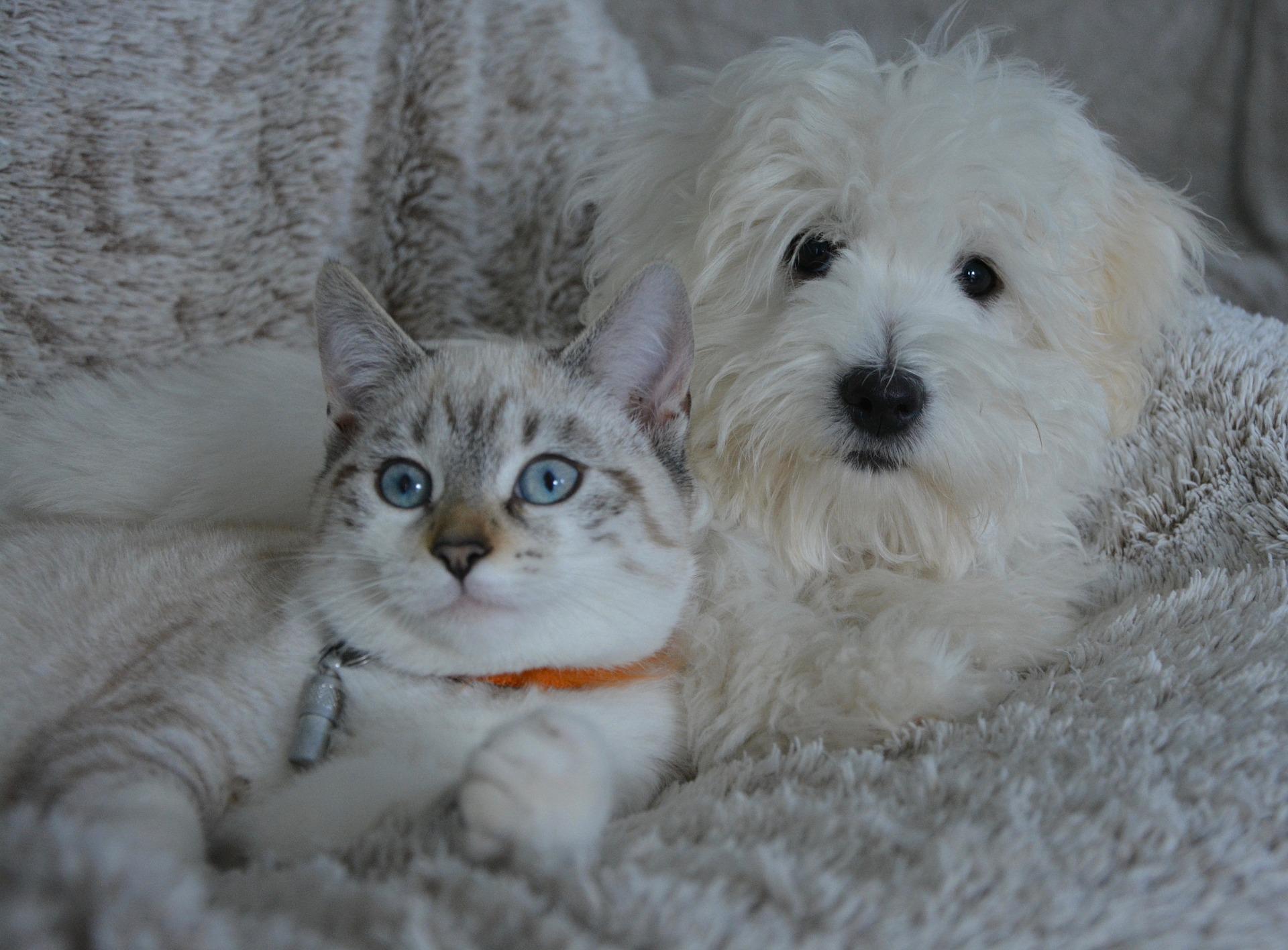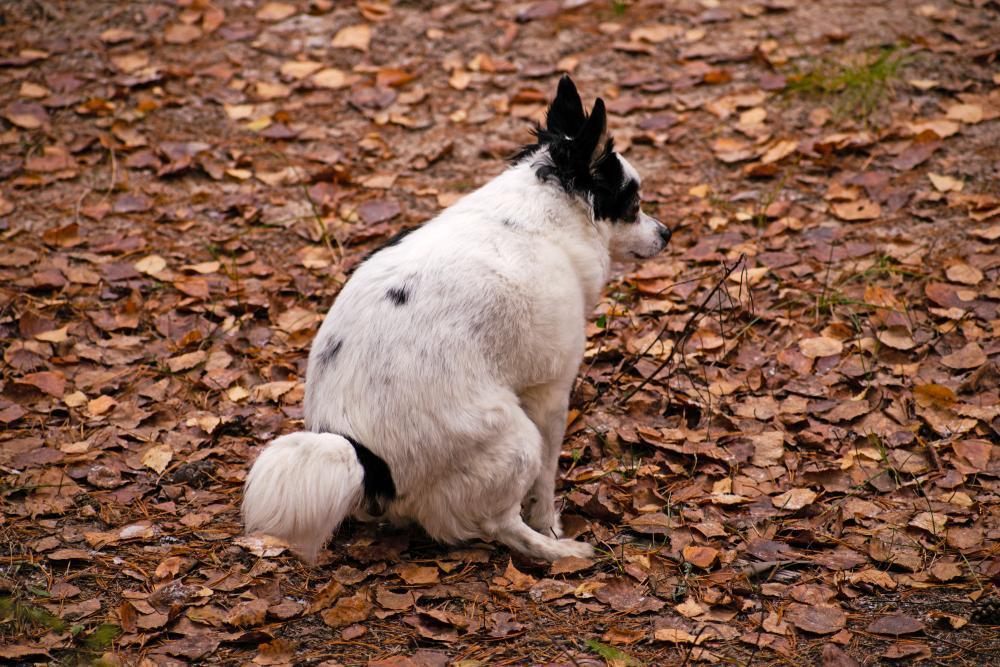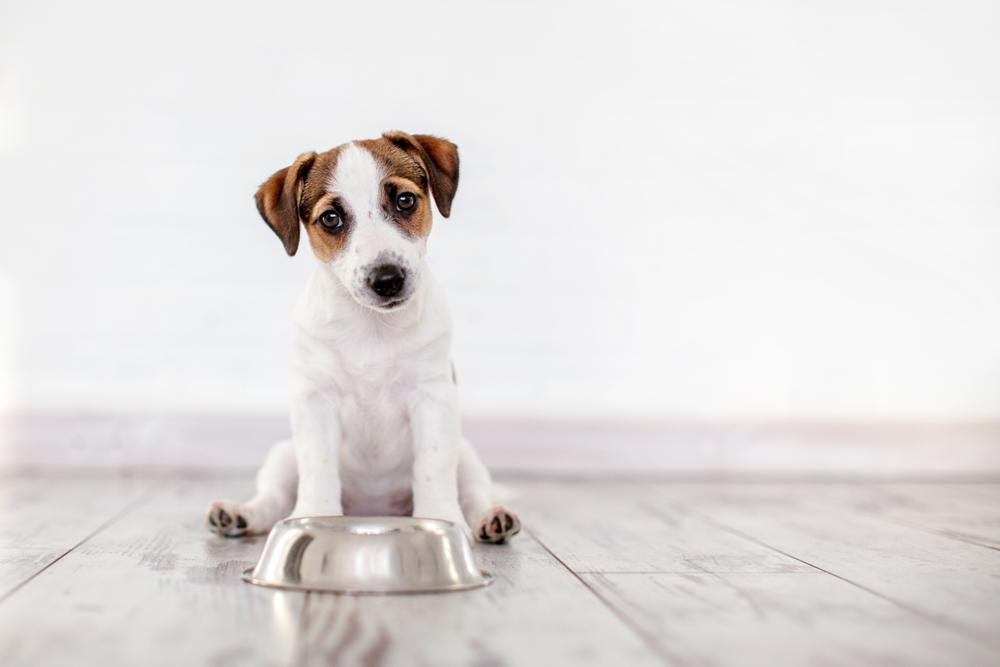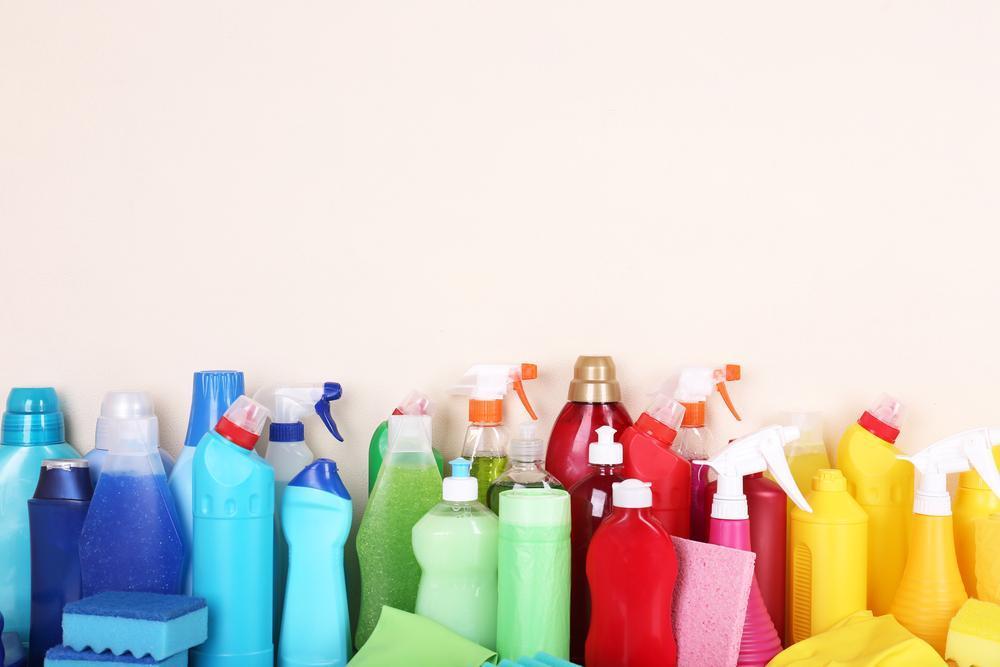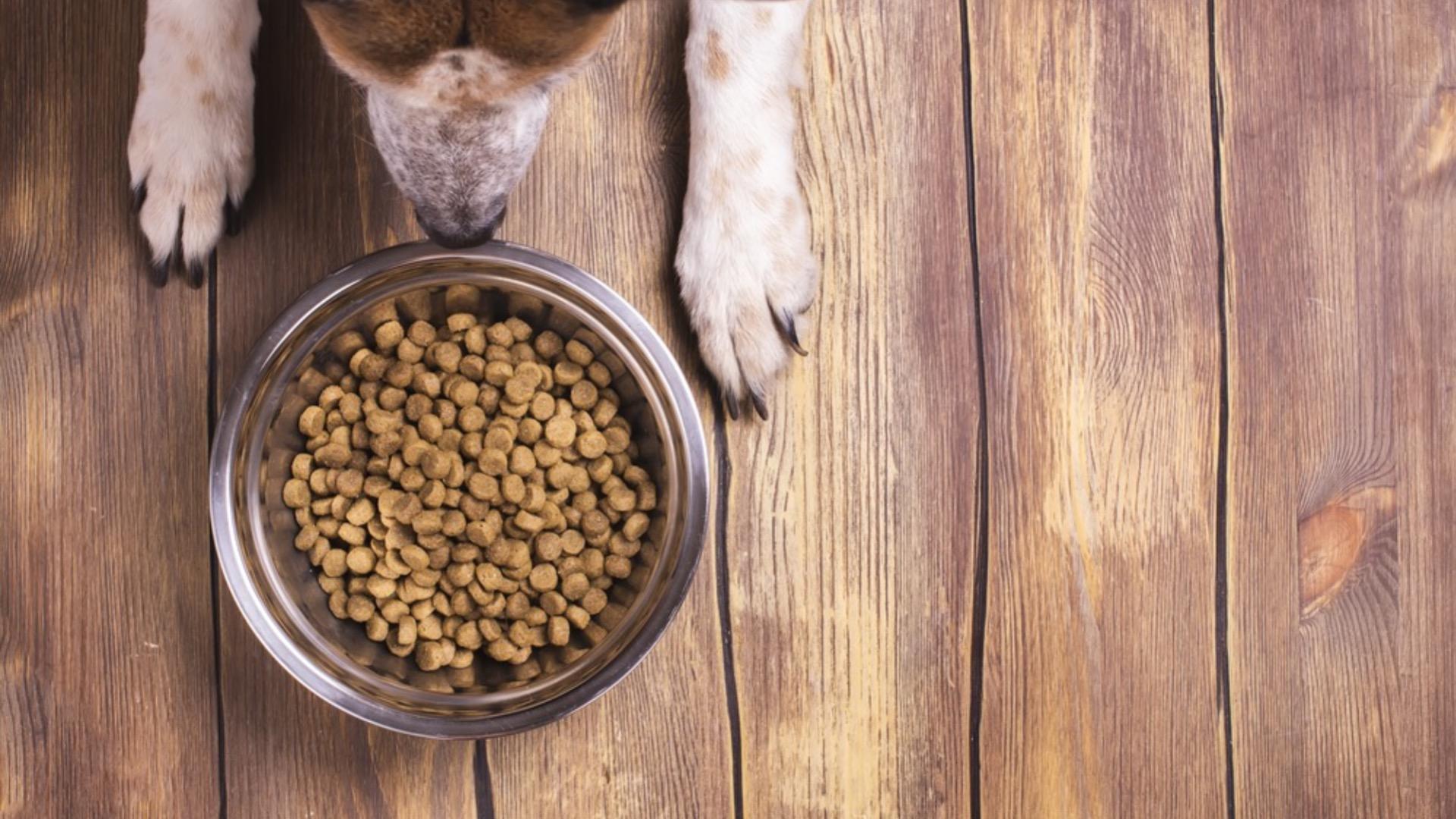
4 Air Purifying Plants That Are Safe for Pets
- January 5, 2022
- 3 mins 40 secs
If you have followed us here at My Pet Nutritionist for any length of time, you’ll have realised that we see nutrition as a piece in a puzzle. If we are to optimise health in our pets, we also need to consider the bigger picture. We need to look at their physical activity, their stress levels, what they are exposed to and more.
The reason we are so interested in what they are exposed to is to understand the burden their bodies must detoxify.
Does My Pet Need to Detox?
One of the ways in which we can support detoxification pathways is by purifying the environment around them, and this can include using air purifying plants.
This concept came from NASA, when they carried out their clean air study which suggested that, in addition to absorbing carbon dioxide and releasing oxygen through photosynthesis, certain common indoor plants may also provide a natural way of removing volatile organic pollutants.
Findings Here
So, even if we can’t detect a compound in our environment, it’s safe to say, our dog probably could.
Your dog is detecting volatile organic compounds (VOCs).
VOCs are chemicals that evaporate under normal atmospheric conditions (room temperature, low boiling point), compromising air quality.
It’s fairly obvious when you spill some fuel at the garage, or you’ve recently painted your kitchen. The odour is compounds in the air, that you breathe in and subsequently stimulate/inhibit your olfactory receptors.
Findings Here
VOCs are found everywhere. They are released by many everyday items including:
Findings Here
In addition, many studies are showing the moderate to strong increase in respiratory distress or allergic effects of exposure to VOCs.
Findings Here
VOC exposure manifests in the short term as:
Toxic Homes
But in addition, as NASA found, certain plants are particularly good at removing volatile organic pollutants like benzene, formaldehyde, and trichloroethylene.
The soil of bamboo palms should be kept evenly moist, but never waterlogged. Bamboo palms are sensitive to both overwatering and under-watering, but it is always best to under-water rather than overwater. Allow the top of the soil to dry slightly between waterings.
Again, water your parlour palm sparingly, underwatering is better than overwatering. These plants are great if you don’t have a brilliant track record with houseplants.
Over-watering is common in these, so it’s best to underwater.
Under-watering symptoms include rapid flower loss and dry, crispy leaves – this can be due to lack of watering, too much sunlight or too much heat. Even though an under-watered Gerbera is far better than a soggy one, never allow the soil to thoroughly dry out for too long.
Over-watering symptoms include rotting lower leaves, yellowing leaves, a loss of buds and flowers and root or crown rot. Allow most of the soil to dry out in between watering.
Thanks for reading,
MPN Team
The reason we are so interested in what they are exposed to is to understand the burden their bodies must detoxify.
Does My Pet Need to Detox?
One of the ways in which we can support detoxification pathways is by purifying the environment around them, and this can include using air purifying plants.
This concept came from NASA, when they carried out their clean air study which suggested that, in addition to absorbing carbon dioxide and releasing oxygen through photosynthesis, certain common indoor plants may also provide a natural way of removing volatile organic pollutants.
What are Volatile Organic Pollutants?
It is believed that a dog’s sense of smell is 10,000-100,000 times that of an average human. They could detect the equivalent of one drop of liquid in 20 Olympic sized swimming pools!
Findings Here
So, even if we can’t detect a compound in our environment, it’s safe to say, our dog probably could.
Your dog is detecting volatile organic compounds (VOCs).
VOCs are chemicals that evaporate under normal atmospheric conditions (room temperature, low boiling point), compromising air quality.
It’s fairly obvious when you spill some fuel at the garage, or you’ve recently painted your kitchen. The odour is compounds in the air, that you breathe in and subsequently stimulate/inhibit your olfactory receptors.
Findings Here
VOCs are found everywhere. They are released by many everyday items including:
- Cleaning Products – detergents, bleaches etc
- Air Fresheners
- Paints
- Deodorants/Perfumes
- Fabrics
- Rugs
- Vinyl flooring
- Wood Burners
- Cigarette Smoking
- Printers and photocopiers
But why are they a problem?
Many VOCs have been proved as carcinogenic. That is, they are known to cause cancer. This largely depends on length of exposure, but it is still a risk.
Findings Here
In addition, many studies are showing the moderate to strong increase in respiratory distress or allergic effects of exposure to VOCs.
Findings Here
VOC exposure manifests in the short term as:
- Eye, Nose and Throat Irritation
- Headaches
- Nausea/Vomiting
- Dizziness
- Respiratory Distress
- Cancer
- Liver and Kidney Damage
- Central Nervous System Damage
Toxic Homes
But in addition, as NASA found, certain plants are particularly good at removing volatile organic pollutants like benzene, formaldehyde, and trichloroethylene.
1) Bamboo Palm
These tropical plants are native to Mexico and Central America and grow naturally as forest understory plants. Bamboo palms are the perfect tropical plant for medium to low-light conditions. Unlike other palms, they do not require bright light to thrive.
The soil of bamboo palms should be kept evenly moist, but never waterlogged. Bamboo palms are sensitive to both overwatering and under-watering, but it is always best to under-water rather than overwater. Allow the top of the soil to dry slightly between waterings.
2) Parlour Palm
Parlour palm houseplants prefer low light and may suffer in direct sunlight, so there’s no need to place them in your brightest windows. The indoor parlour palm will most likely survive completely away from windows if that’s what your space requires – it just won’t grow very fast. Even with sunlight, the parlour palm is a slow grower, often taking years to reach its full height.
Again, water your parlour palm sparingly, underwatering is better than overwatering. These plants are great if you don’t have a brilliant track record with houseplants.
3) Lady Palm
Another easy to grow, the lady palm thrives in bright, indirect sunlight. Aim to keep the soil evenly moist, but not soggy. You’d be best wiping the leaves with a moist cloth regularly, to remove dust and also keep pests away.
4) Barberton Daisy
The daisy thrives best in a location with little to no direct light. But shady locations should be avoided.
Over-watering is common in these, so it’s best to underwater.
Under-watering symptoms include rapid flower loss and dry, crispy leaves – this can be due to lack of watering, too much sunlight or too much heat. Even though an under-watered Gerbera is far better than a soggy one, never allow the soil to thoroughly dry out for too long.
Over-watering symptoms include rotting lower leaves, yellowing leaves, a loss of buds and flowers and root or crown rot. Allow most of the soil to dry out in between watering.
These plants can be non-toxic, easily maintained additions to your home to help optimise both yours and your pets’ lives.If you would like to explore your pet’s health in more detail, then check out our services to see how we can help.
Thanks for reading,
MPN Team
Customer Reviews
Explore related products
Related articles

General HealthDogs & Cats
The Low Down on Hypoglycaemia in Pets
Jun 06 2024
•
8 mins 25 secs

General HealthDogs & Cats
What is Pica, and Does Your Pet Have It?
May 23 2024
•
7 mins 15 secs

General HealthDogs & Cats
How to Avoid Environmental Hazardous Exposure in Pets – Part 2
Apr 25 2024
•
16 mins
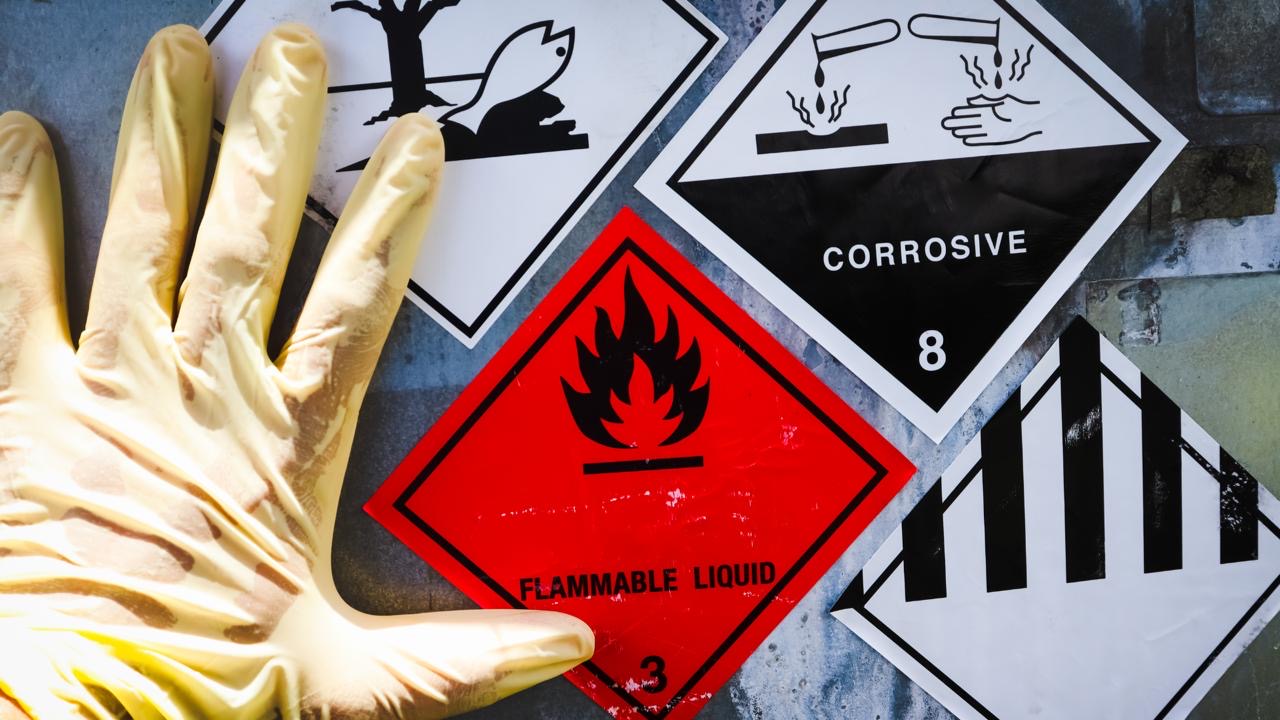
General HealthDogs & Cats
How To Avoid Environmental Hazardous Exposure in Pets – Part 1
Apr 19 2024
•
9 mins 40 secs

General HealthDogs & Cats
The Ultimate Guide on Parasites: Part 2 – Internal Parasites
Feb 17 2024
•
16 mins
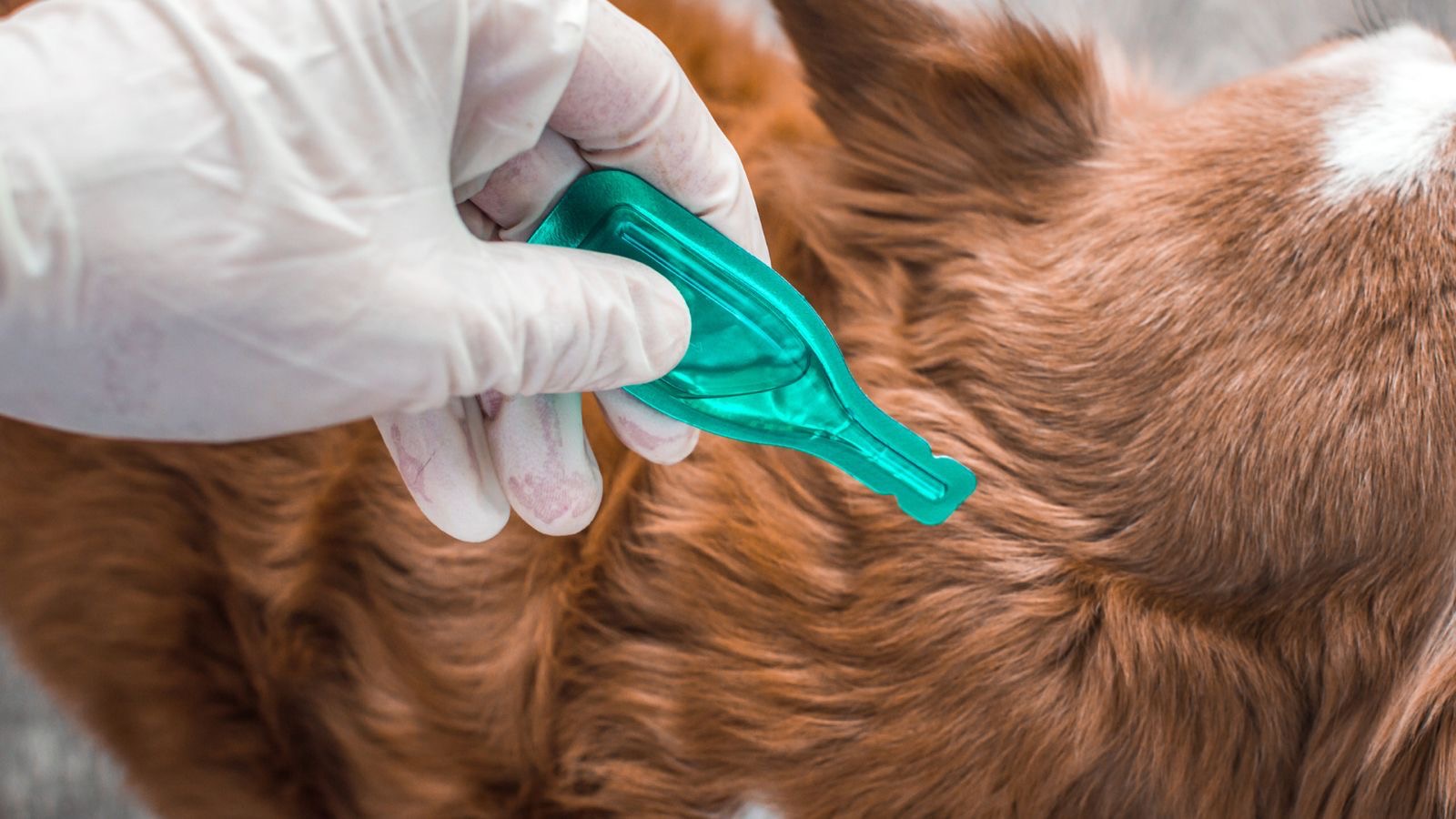
General HealthDogs & Cats
The Ultimate Guide on Parasites – Part 1: External Parasites
Feb 16 2024
•
11 mins 40 secs
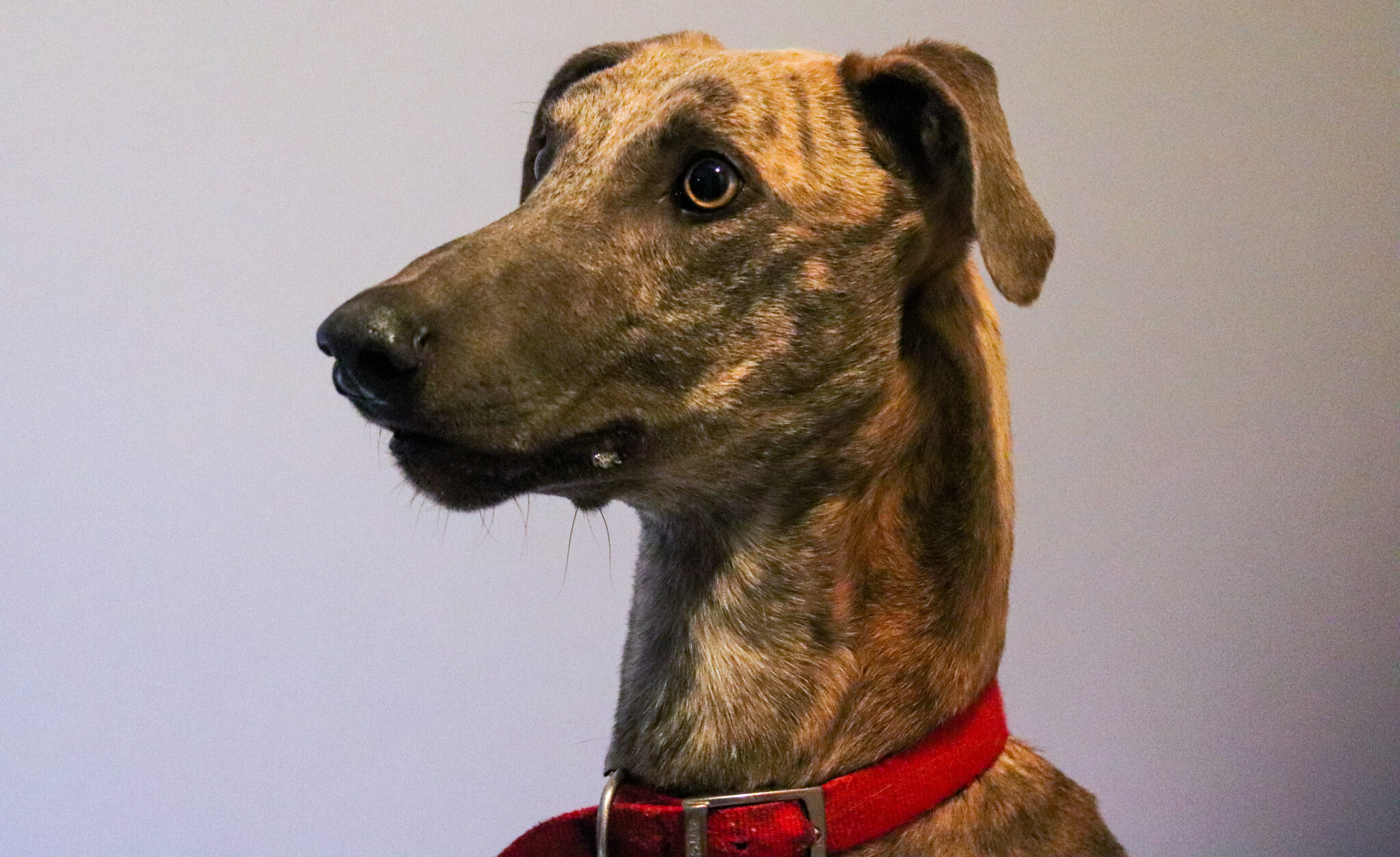
General HealthDogs & Cats
The Importance of Vitamins and Minerals for Thyroid Health
May 05 2023
•
9 mins
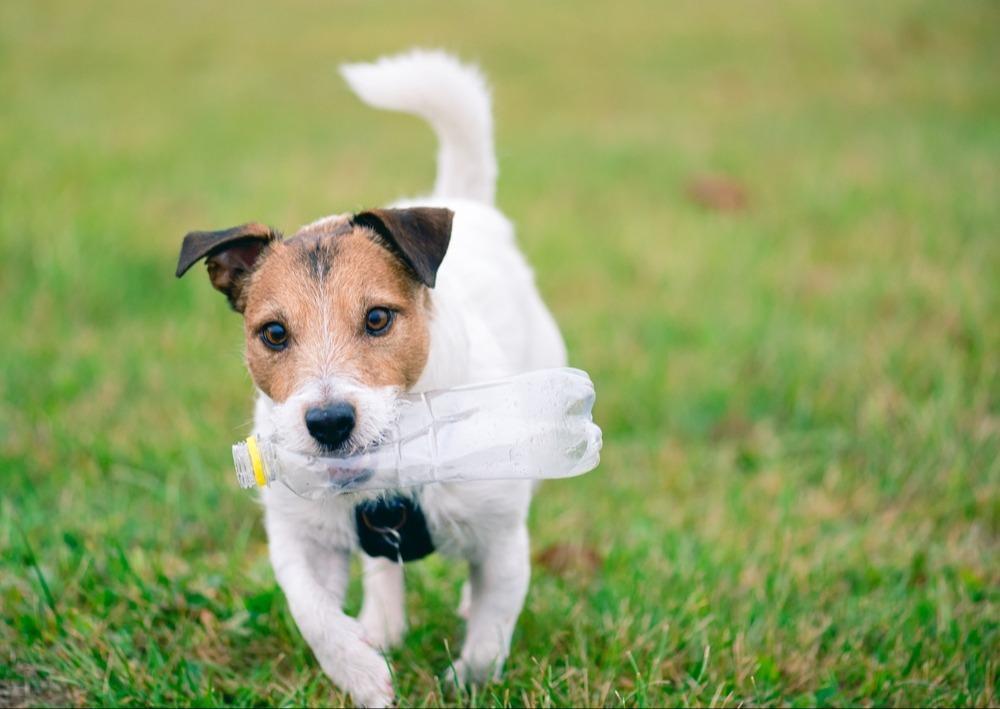
General HealthDogs & Cats
How To Choose Safe and Sustainable Pet Products
Sep 26 2022
•
3 mins 30 secs
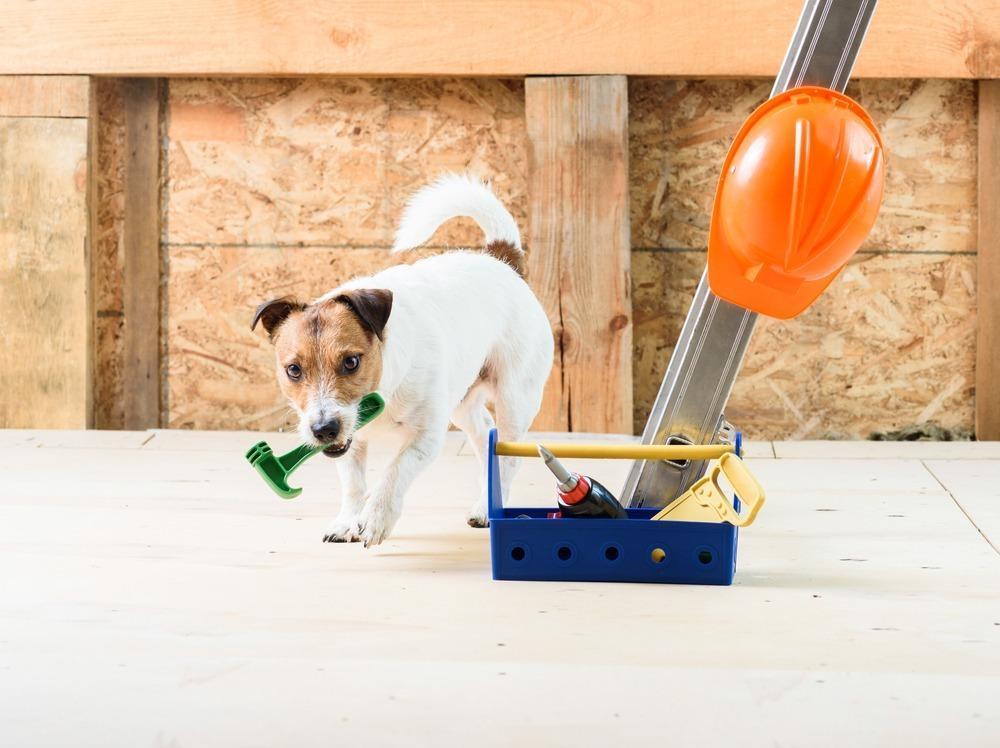
General HealthDogs & Cats
6 Things All Pet Owners Should Have In Their Cupboards
Sep 12 2022
•
5 mins 40 secs
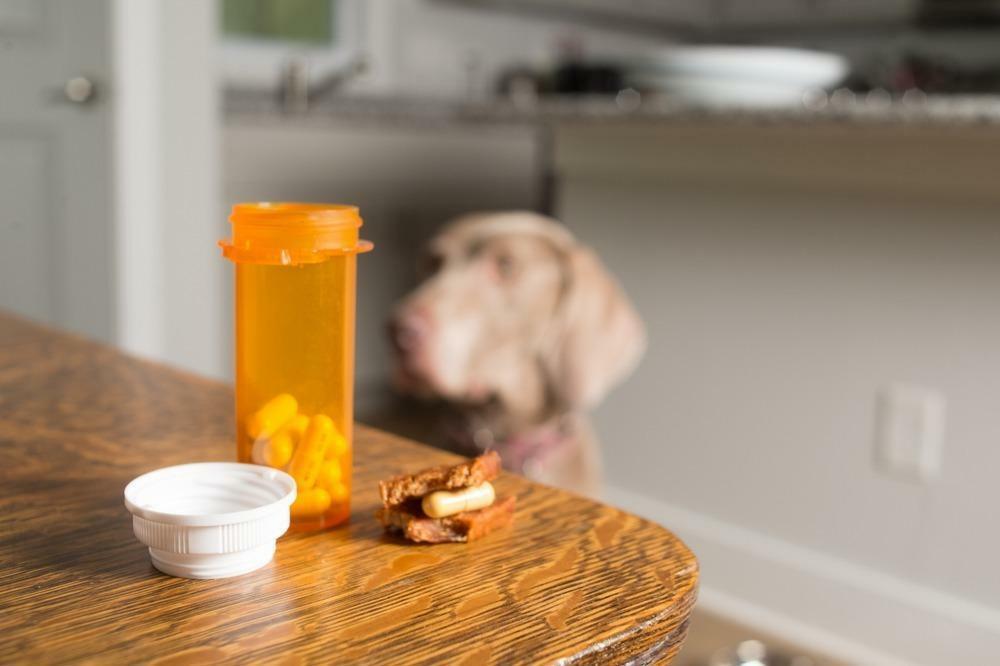
General HealthDogs & Cats
How Do Pain Medications Work In Pets?
Jun 08 2022
•
5 mins 54 secs

General HealthDogs & Cats
Do We Need to Boost Our Pet’s Immune System?
Feb 15 2022
•
4 mins 42 secs
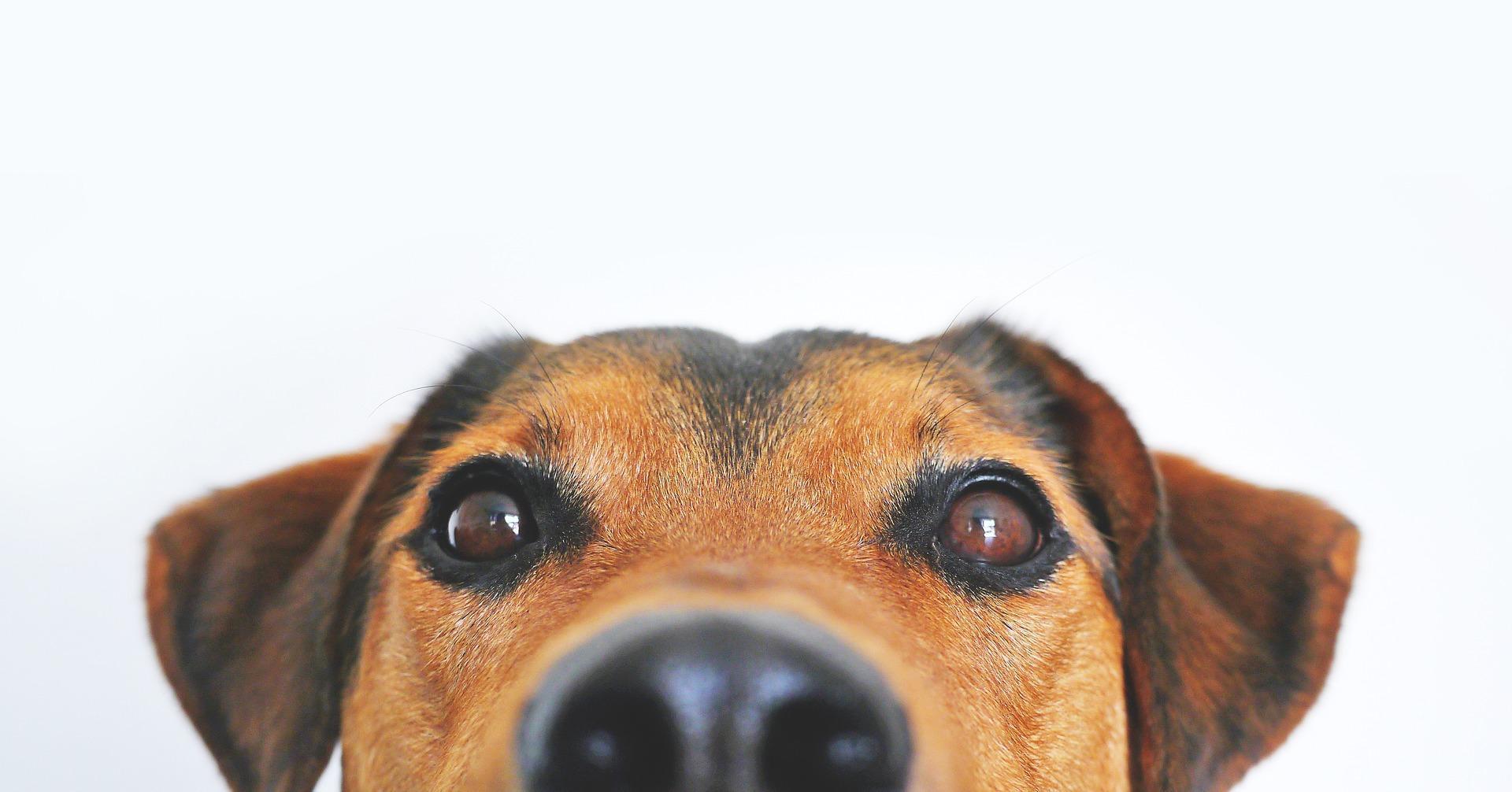
General HealthDogs & Cats
The Importance of Iron in Pet Health
Nov 23 2021
•
5 mins 10 secs

General HealthDogs & Cats
Are We Really That Good At Doing It Ourselves?
Sep 09 2021
•
10 min read

General HealthDogs & Cats
Parasites and What You Really Need to Know
May 17 2021
•
9 min read
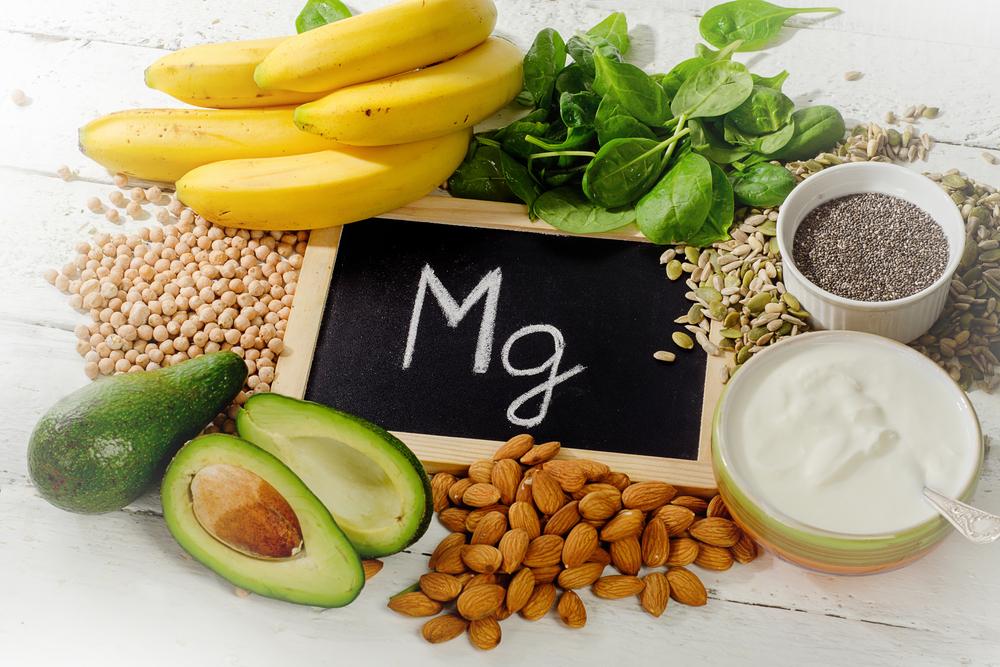
General HealthDogs & Cats
Why is Magnesium So Important to Your Pet
Oct 02 2020
•
10 min read

General HealthDogs & Cats
Everything you Need to Know About Vaccinations
Apr 22 2020
•
7 min read
✕






